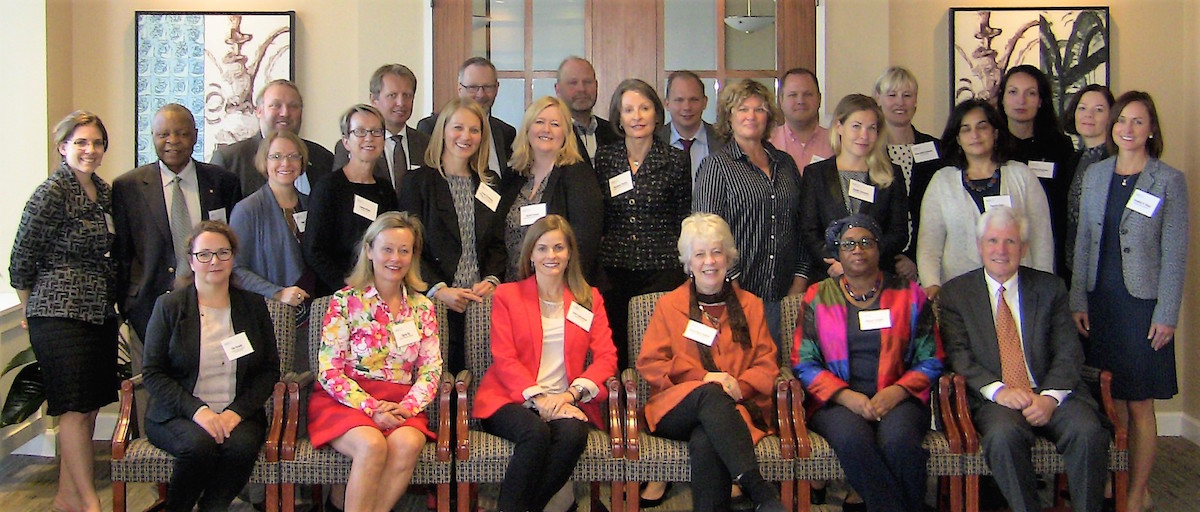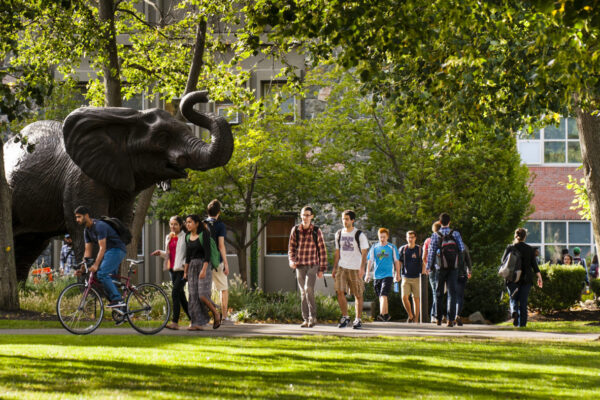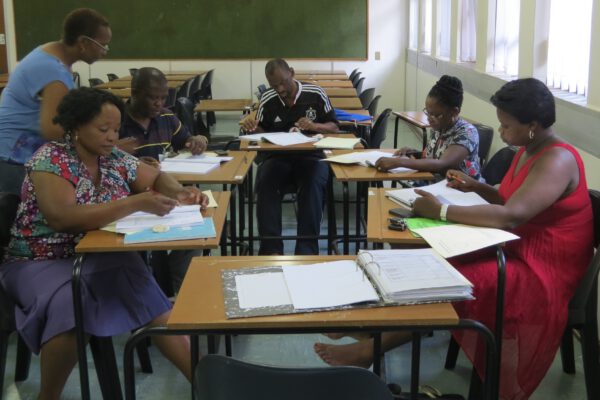Norwegian Centre for International Cooperation in Education Releases Review of North American Partnership Program
Title: Review of the Partnership Program in Higher Education With North America: 2012-16
Source: Norwegian Centre for International Cooperation in Education (SIU)
Author: Sabine C. Klahr
In December 2017, the Norwegian Centre for International Cooperation in Education (SIU) released a new report evaluating 12 Norwegian-North American (United States and Canada) higher education partnerships developed with the support of SIU’s Partnership Programs in Higher Education with North America (PPNA) program between 2012 and 2016.
PPNA was created in 2008 with funding from Norway’s Ministry of Education and Research. The evaluation—conducted by Sabine Klahr, associate chief global officer in the Office for Global Engagement at the University of Utah—is based on qualitative data collected from interviews with seven project coordinators and quantitative data related to student mobility.
According to the report, faculty and students from the participating institutions developed strong connections with their Norwegian and North American counterparts. The report identified increased collaboration, innovation in research and education, and stronger support for graduate students as benefits of the program.
The report also discusses challenges to Norway-North America partnerships, including mobility of students from Norway to North America (often limited by academic program requirements in Norway), the prevalence of short-term vs. semester-based mobility, and securing resources needed to continue partnership activities after the funding period ends.
The report contains recommendations for sustaining student mobility, improving program model and structure of the projects and boosting good practices in partnership development for PPNA.
To read the full report, please click here.
Klahr and representatives of SIU will discuss the report during the upcoming Association of International Education Administrators (AIEA) Annual Conference, Feb. 18-21, 2018, in Washington, DC.
In October 2017, ACE hosted representatives of Norwegian and U.S. higher education institutions, as well as SIU administrators and the report author, for a bilateral dialogue on opportunities and challenges for developing stronger U.S.-Norway bilateral relationships.

Join ACE and AIEA for the 2018 Internationalization Collaborative, “Leading in a World of Growing Complexity,” Feb. 17, 2018, in Washington, DC.
If you have any questions or comments about this blog post, please contact us.


